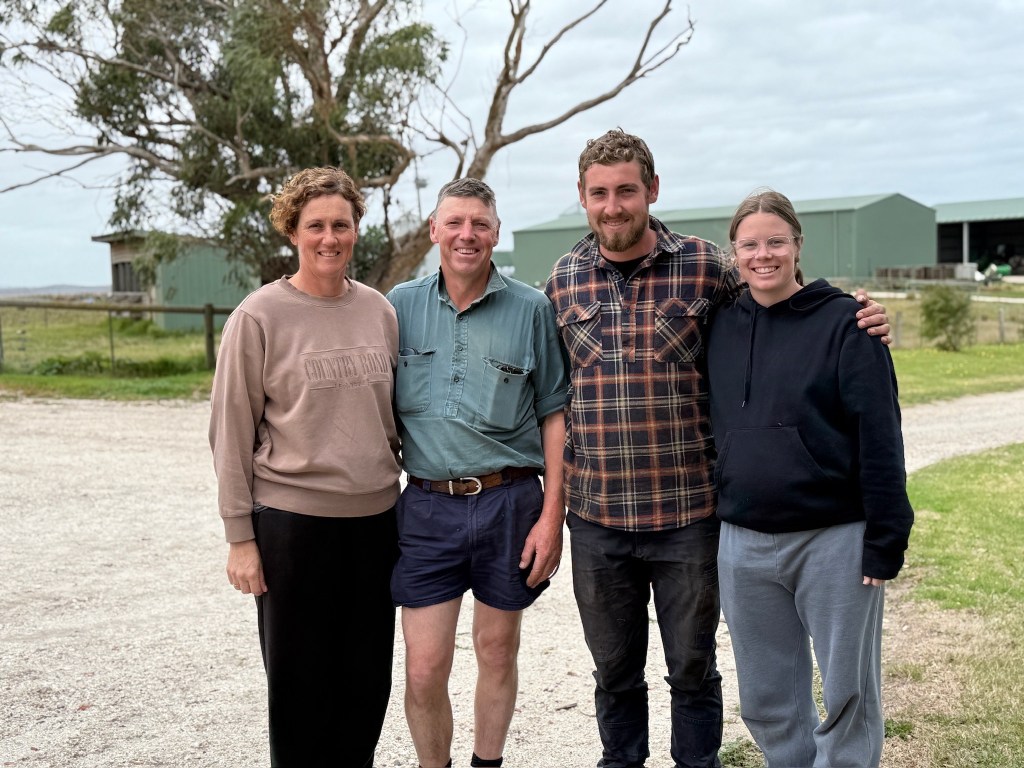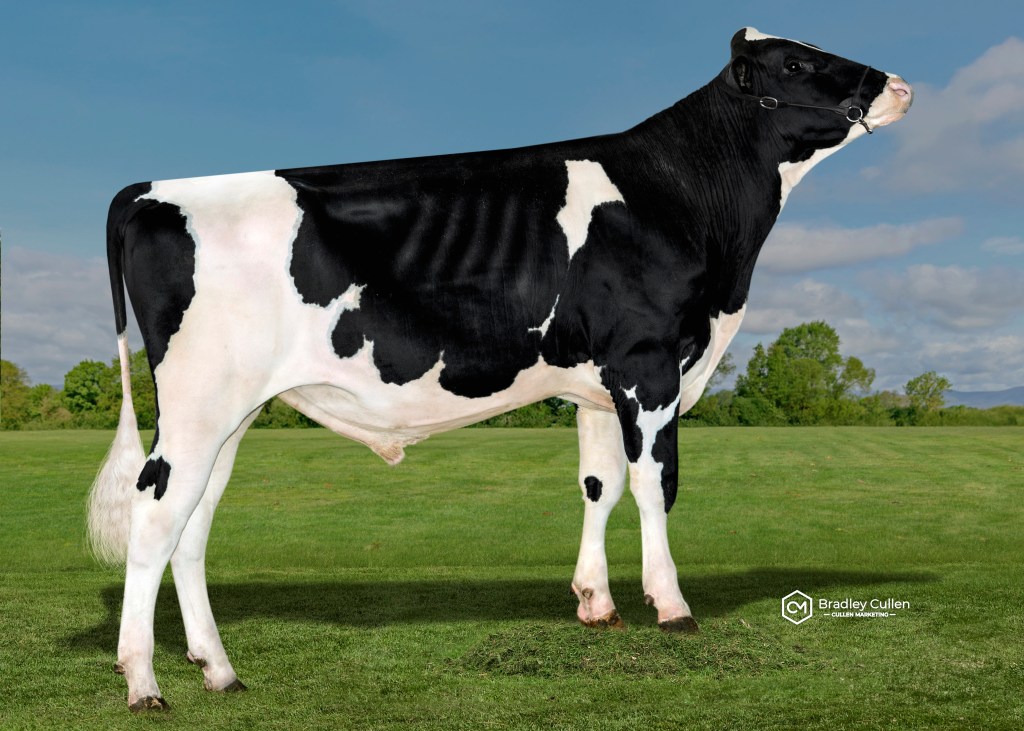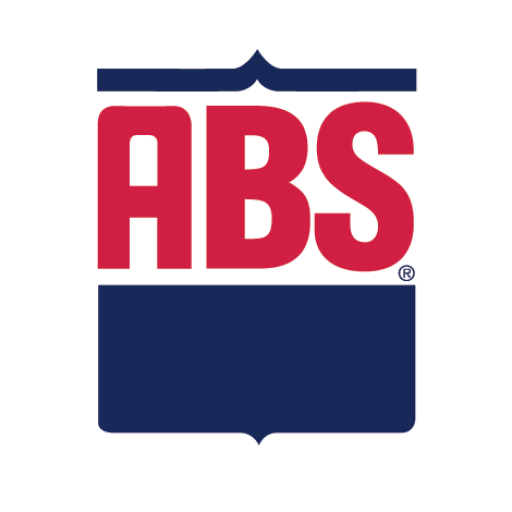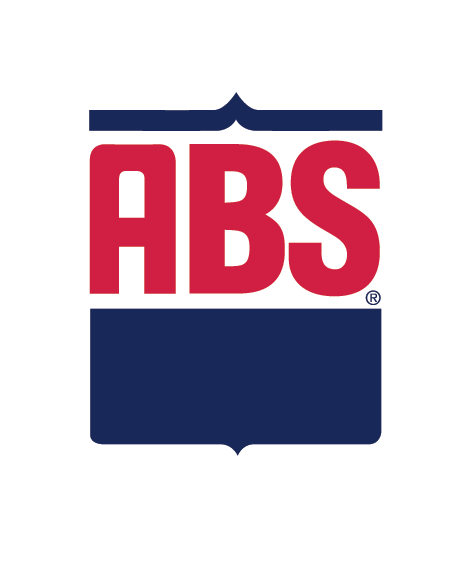HEALTH TRAITS PROVE VITAL FOR GIPPSLAND HERD
A focus on breeding for health traits and developing consistent cow families has delivered one Gippsland dairy farm business its first bull into artificial insemination.

And while Stuart and Jacqui Tracy, their son Angus and daughter-in-law Ruby, believe they’ve “won the lottery” when it comes to breeding Holstein Waratah Oberon, his pedigree tells a different story.
A deep history of big production and health-focused bulls – combined with dependable cow families – have underpinned the Tracy’s single-minded focus on breeding a sustainable and profitable herd.
The identification of Waratah Oberon had nothing to do with luck.
Rather the high fertility bull is a reflection of the depth of genetics in their 600-strong herd, which is currently ranked 13th on Balanced Performance Index (BPI), 11th Sustainability Index and seventh on the Health Weighted Index (HWI).
But, like any lottery jackpot, Waratah Oberon is destined to generate rewards for those who chose to use him.
ABS Sales Representative Alan Blum said Waratah Oberon is among the Holstein breed’s most profitable sires.
“Oberon scores high for Daughter Fertility, is great for mastitis resistance and combines with functional udders, feet, legs, rump and desirable – moderate stature – type,” he said.
“His pedigree is full of health trait sires. For example he’s by ABS Ellis PP – Australia’s most popular homozygous polled sire and known for semen fertility, proven calving ease and daughter fertility – and Oberon’s dam is a Proceed daughter – positive health trait sire.”
These few examples of bulls used as part of the Tracy’s breeding plan during the past few years speaks to their genetic priorities.

“Our primary focus for the past decade has been on health traits – especially the Fertility and Mastitis Resistance Australian Breeding Values – before that we were using the best production bulls,” Stuart said.
“We’ve seen the biggest gains come from those health traits. Before breeding for health, we were getting quite large empty rates in maiden heifers – more than 10 per cent at times – we knew there was an issue. Now, we have got the empty rates for the maidens well under 5 per cent, it’s been a dramatic turnaround in such a short space.”
A true herd “succession plan” has been the main beneficiary of getting more heifers in-calf, while they’ve also opened another income avenue.
“We don’t need as many heifers to come in as we previously did and what that means is we are marketing milk cows instead of culling empties,” Stuart said.
“It gives us an extra market, when we have got excess cows in calf, it also means we can concentrate on keeping our higher genomic tested animals, and breeding from them, to increase our genetic gain.”
Reduced costs are another tangible upside of concentrating on breeding for health traits.
Dramatically improving our mastitis resistance means we are using a lot less drugs for treating mastitis, but also with other health concerns – such as retained foetal membranes after calving – we are seeing less and less issues,” Stuart explained.
“In conjunction with good feeding recommendations from our nutritionist, we are using a lot less antibiotics. We are also selectively ‘dry cowing’ the herd which means we are using less antibiotics at drying off as well. These are cost savings and it’s also improving our antibiotic stewardship.”
This year, at dry-off, the Tracy’s only used antibiotics on 25 per cent of their herd. These animals were chosen because of mastitis incidences and their somatic cell count history and 75 per cent of the herd was treated solely with Teatseal.
These treatment numbers reflect the health rebound that Stuart, Jacqui, Angus and Ruby have witnessed across their seasonal calving, pasture-based herd.
The fact their moderate stature – 570 to 580kg liveweight – cows require less intervention and also average 600kg of milk solids across a lactation, shows their breeding philosophy is working.
And now, other Australian farmers get to make the most of the Waratah genetics thanks to a partnership with ABS.
Waratah Oberon, at 565 BPI, is the first bull the Tracy’s have bred that’s been picked up for artificial insemination.
Named after the Mt Oberon on Willsons Promontory, the Tracy’s are excited that their work will contribute to the national herd.
“I guess we have a little bit of pride to know our breeding goals are actually breeding animals that are good enough to match the best in the industry,” Stuart said.
“We get a little satisfaction out of that. But ultimately our goal is to breed wonderful cows, breeding the bulls is a side hustle.”

